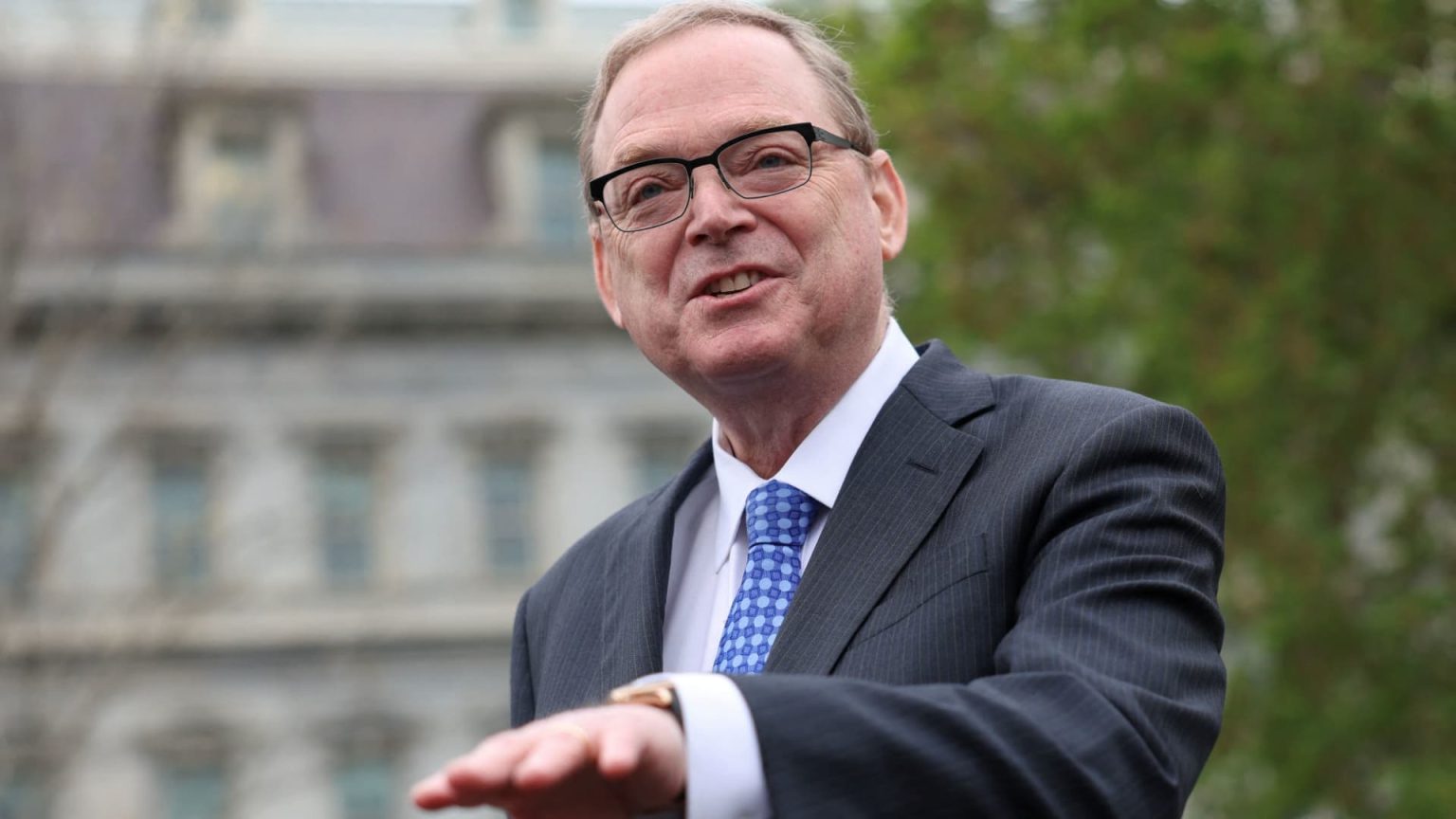In a critical moment of political maneuvering, top economic advisor Kevin Hassett suggested that the ongoing government shutdown could conclude within the week. This comes as negotiations continue amidst a deepening partisan divide, with Republicans and Democrats clashing over federal funding priorities. While Hassett indicated potential for cooperation from moderate Democrats, he also warned of possible “stronger measures” from the Trump administration should talks falter, particularly as public protests loom.
| Article Subheadings |
|---|
| 1) Current Status of the Government Shutdown |
| 2) Political Implications of the Shutdown |
| 3) The Role of Key Political Figures |
| 4) Voter Sentiments and Public Response |
| 5) Future Outlook and Negotiation Strategies |
Current Status of the Government Shutdown
The government shutdown is now entering its third week, characterized by a stalemate over budgetary allocations. As of now, federal operations remain suspended due to an absence of agreed-upon funding levels, with Republicans advocating for a short-term resolution to maintain current spending. Democrats, however, are firmly requesting that any stopgap funding includes enhanced health care protections and an extension of Affordable Care Act (ACA) tax credits set to expire soon.
The GOP-backed bill was rejected for the 11th time in the Senate, illustrating the declining prospects for a swift resolution. The recent vote tallied 50-43, aligning almost strictly along party lines, which highlights the significant divide between the two parties. Without reconciliation on these fundamental issues, the government remains in limbo.
Political Implications of the Shutdown
The current political landscape is marked by deepening partisan conflicts, with the shutdown amplifying frustrations on both sides of the aisle. Republicans perceive the shutdown as a tactical failure on the part of Democrats, while Democrats argue that the onus for the current predicament lies with President Trump and his administration. In this regard, the term “Schumer shutdown,” associated with Senate Minority Leader Chuck Schumer, has emerged in Republican rhetoric to underscore their claims.
In its latest move, the Trump administration is hinting at potential “stronger measures” to compel Democrats toward negotiation if the current impasse persists. The complexity of this negotiation dynamic is heightened by the upcoming nationwide protests against President Trump, which could influence the timing and nature of any decisions made regarding the shutdown.
The Role of Key Political Figures
Kevin Hassett, serving as the director of the National Economic Council, has emerged as a prominent voice amidst this political crisis. On a recent segment of CNBC’s “Squawk Box,” he expressed optimism regarding a resolution but acknowledged the strategic consideration by Democrats regarding their timing for an agreement. He noted that the Senate Democrats might see reopening the government prior to the protests as “bad optics,” revealing an underlying strategic calculus at play.
In addition to Hassett’s insights, Senate Majority Leader John Thune has also engaged in discussions, offering a vote on extending ACA tax credits in exchange for opening the government. However, high-ranking Democrats have largely dismissed these overtures, further entrenching the division in negotiation strategies.
Voter Sentiments and Public Response
Polling indicates that public sentiment may be shifting against Republicans amid the budgetary deadlock, with voters predominantly attributing blame to Trump and his administration for the ongoing shutdown. Recent surveys show that a majority of voters support extending the ACA health insurance subsidies, an indication that health care remains a centerpiece issue for many constituents.
Democrats appear to be capitalizing on this sentiment, with leaders like Hakeem Jeffries emphasizing the importance of providing health care support to the American public. As the political calculus evolves, it appears that Democrats are prepared to hold their ground, underscoring the growing significance of health care in the upcoming legislation.
Future Outlook and Negotiation Strategies
The path ahead is uncertain, as both sides of the aisle weigh their options. Hassett’s comments suggest optimism for reconciliation, particularly among moderate Democrats who might seek a path toward reopening the government. However, the looming protests could alter the timing and context in which negotiations unfurl.
As the White House observes the situation closely, there may be a tactical pivot should negotiations falter. This includes possible escalated measures to compel cooperation from Democratic leadership. The outcome of these discussions remains critical, not only for achieving a government resolution but also for shaping the political landscape leading into the next electoral cycle.
| No. | Key Points |
|---|---|
| 1 | The government shutdown has reached three weeks, with no signs of resolution. |
| 2 | Republicans aim for a short-term funding bill, while Democrats demand additional health care spending. |
| 3 | Hassett suggests possible stronger measures from the White House if negotiations stall. |
| 4 | Polling shows shifting public sentiment, with many blaming Trump for the shutdown. |
| 5 | Both parties remain entrenched in their positions as future negotiations loom. |
Summary
The ongoing government shutdown underscores the deep partisan divides in Washington and raises questions about political strategy as both parties navigate public sentiment and upcoming events. While there are indications that a resolution is possible, the evolving dynamics suggest that cooperation may require careful consideration of timing and political optics. The implications of this situation are significant, not only for the immediate budgetary concerns but also for shaping the narrative as both parties approach future elections.
Frequently Asked Questions
Question: What is the primary issue causing the government shutdown?
The government shutdown is primarily caused by disagreements over federal funding priorities, specifically regarding short-term resolutions favored by Republicans and demands from Democrats for more health-care spending.
Question: How long has the government been shut down?
The government has been shut down for three weeks, creating significant disruptions in federal operations.
Question: What role does public sentiment play in the negotiations?
Public sentiment is crucial as polls indicate that a majority of voters blame Trump and Republicans for the shutdown, which can influence negotiation strategies for both parties.


